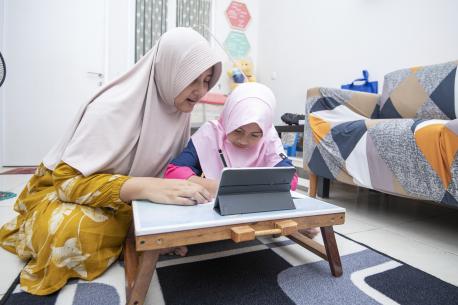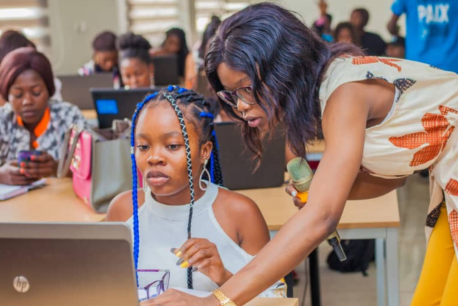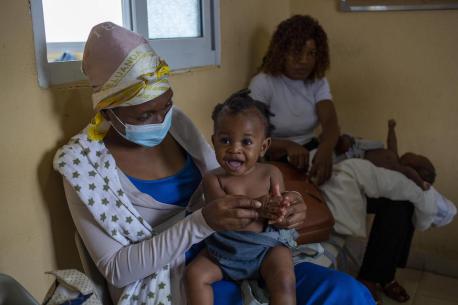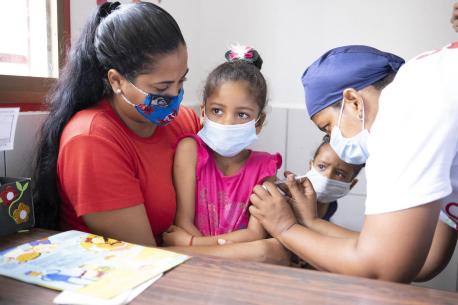
The Digital Disparity: Why Universal Internet Access Matters
Lack of access to the Internet is a barrier for students and families around the world, especially during the COVID-19 pandemic.
The COVID-19 public health crisis has closed schools around the world and forced many school systems to make an abrupt shift to online instruction. It's a challenging situation for all, but for families without access to the Internet, the digital divide is wider than ever.
About 29 percent of youth worldwide — around 346 million individuals — are not online, and an estimated 82 percent of online content is only available in one of ten languages, excluding speakers of the roughly 6,000 languages in use today. If the current pace of user growth continues, it will be at least two decades before the Internet reaches the rest of the world.
The barriers to Internet access around the world are both complex and pervasive. Some communities may not have access to fundamental infrastructure while others may be barred from the benefits of connectivity by poverty or illiteracy. Their concerns are fundamentally rooted in systemic disparity across intergenerational cycles. But these can be disrupted by the implicit promises that come with innovation: access to education, resources for health, social advocacy, humanitarian aid and opportunities for employment.
Even before the COVID-19 pandemic disrupted the educations of more than 1 billion students worldwide, digital disparity had created a two-tier learning environment for students in the U.S. As American schools increasingly integrate Internet-based learning into their curricula, low-income students who lack Internet access are left at a disadvantage. This "homework gap" prevents students from completing schoolwork or accessing learning materials to help them study for exams. Some U.S. school districts use schoolbuses with routers parked overnight so that children can study. Before the coronavirus crisis forced many students to stay in their homes, students routinely walked to fast food restaurants in search of wifi hotspots. Young students stand outside their elementary schools using their family's only cellphone to download assignments.
UNICEF proves that the digital space can be a positive influence when leveraged in the right way. UNICEF addreses information accessibility by embracing technological innovation and directing that impact toward humanitarian aid and opportunities for disadvantaged populations. The Internet of Good Things, for example, provides free mobile-packaged content designed for low-income communities to access vital health information. It will be interesting to see how disruptive technologies continue to bridge the humanitarian space, such as UNICEF's efforts to bring virtual reality into classrooms based on curriculum needs. By experimenting with innovative technologies, UNICEF is testing how emerging tools can be applied across demographics in a way that, scaled, can positively impact young people around the world.
Join UNICEF UNITE to become an advocate for vulnerable children across the globe.
Meghana Srivatsa is the Washington, D.C. community lead for UNICEF USA's UNITE council.
Top photo: Ajsa, 11, sits in front of her laptop with her head in her hands in Podgorica, Montenegro in June 2016. Her family has a home computer, but for many others around the world, Internet connectivity remains out of reach. © UNICEF/UN040655/
HOW TO HELP
There are many ways to make a difference
War, famine, poverty, natural disasters — threats to the world's children keep coming. But UNICEF won't stop working to keep children healthy and safe.
UNICEF works in over 190 countries and territories — more places than any other children's organization. UNICEF has the world's largest humanitarian warehouse and, when disaster strikes, can get supplies almost anywhere within 72 hours. Constantly innovating, always advocating for a better world for children, UNICEF works to ensure that every child can grow up healthy, educated, protected and respected.
Would you like to help give all children the opportunity to reach their full potential? There are many ways to get involved.





